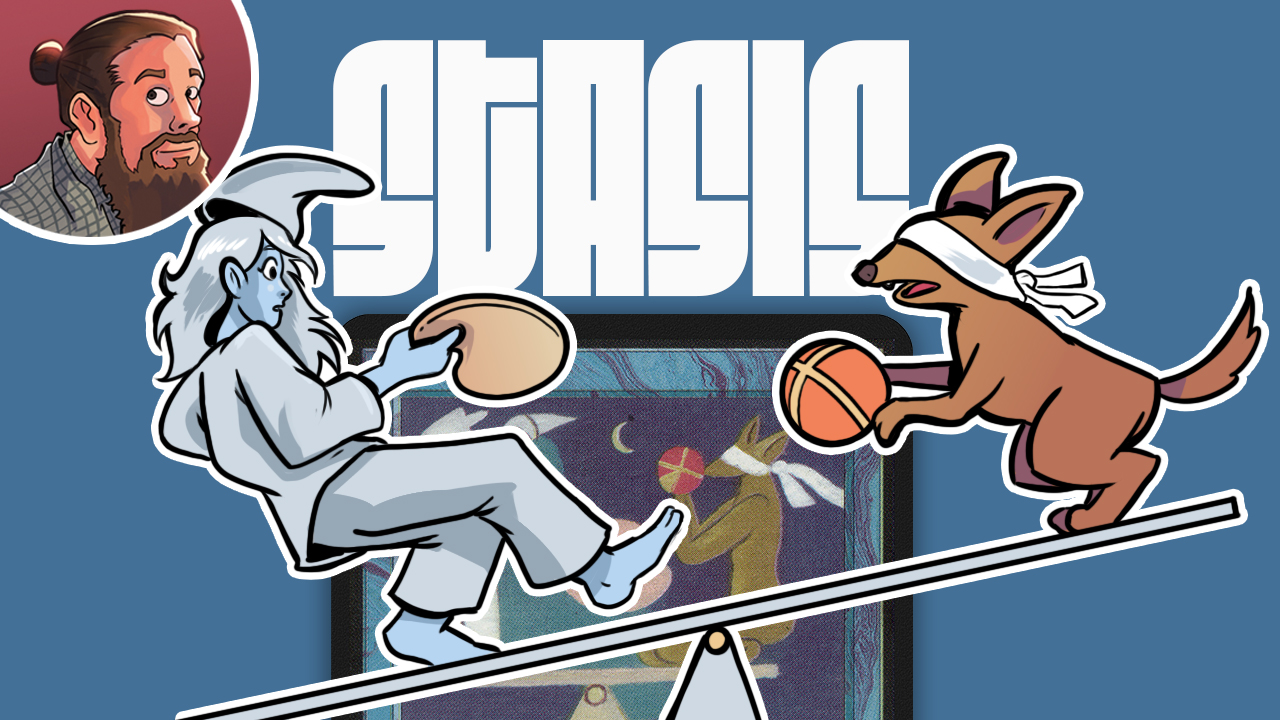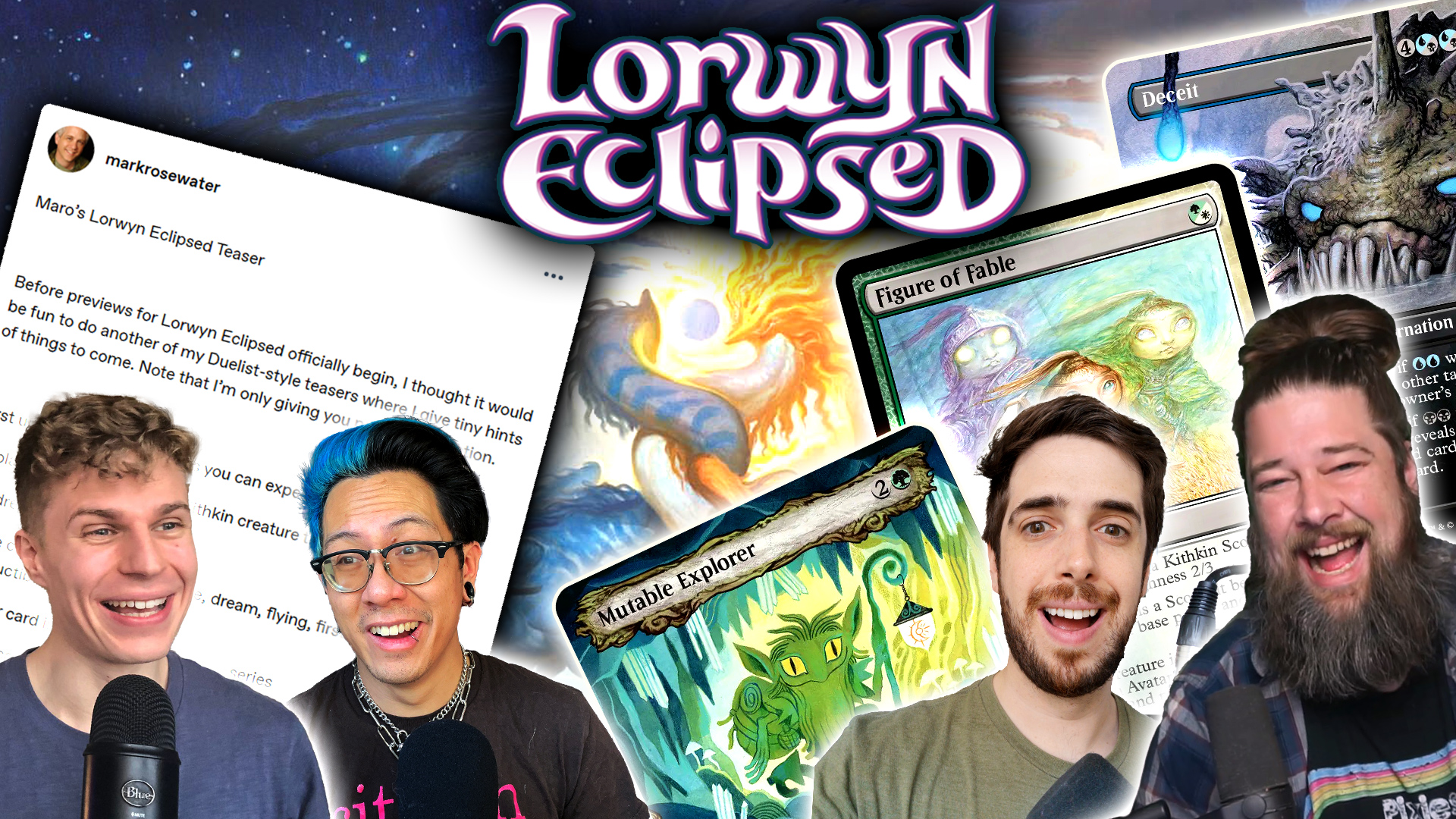Ahead of the Curve: My Best and Worst Oath of the Gatewatch Draft Decks
My best Oath of the Gatewatch draft deck thus far was a four-color Green deck at a side event at Grand Prix Vancouver. I took an Embodiment of Fury first pick over Mina and Denn, Wildborn, Relentless Hunter, and Boulder Salvo. I considered staying away from Red, but the most powerful non-Red card was Vampire Envoy. My second pick was Sweep Away, followed by Baloth Null and Seed Guardian, which I took as signs that no one to my right was interested in Green. At the end of pack one, I was Red/Green splashing Black for the Baloth Null. I opened and took a Cyclone Sire in pack two, and was passed another one, which caused me to also run blue. And I drafted some strong Converge cards in pack three, ending up with this deck.

My relevant sideboard cards were Pulse of Murasa, Elemental Uprising, Volcanic Upheaval, Cinder Hellion, Goblin Freerunner, Prism Array, and Ob Nixilis Reignited. I was very tempted to modify my mana base to play Ob Nixilis Reignited, but I resisted.
Some lessons I learned from this deck:
- Oath of the Gatewatch has a number of extremely powerful "Mythic UnCommons" such as Cyclone Sire, Embodiment of Fury, Seed Guardian, and Baloth Null. The format is slower and less synergy-driven than Battle for Zendikar draft, so these cards can often take over a game if your opponent doesn't have Isolation Zone or Oblivion Strike. I almost never pass these cards, regardless of my colors, and I'm willing to splash them or shift colors for them, even in pack two.
- Green has gotten better with Oath of the Gatewatch. While its Commons are only slighly better than in Battle for Zendikar, the slower format means that Green decks have more time to get their large creatures out and have them be relevant.
- My deck only had four removal spells, but that turned out to be enough. I had enough flying defense that I could save my removal for large, problematic creatures. This deck lowered my estimation of Reality Hemorrhage and even Touch of the Void to an extent. While both of them kill many playable/problematic creatures, they don't deal with most of the "Mythic UnCommons" or the Rare/Mythic bombs that determine games in this format.
- Loam Larva is really good in green decks that need mana fixing. It can help you find any basic land in your deck (inluding Wastes), and its body is a decent speedbump for most aggressive decks. And in the late game, you don't have to put a land on top of your library.
- There are fewer aggressive decks, so Kozilek's Sentinel comes around later than it used to. It's still an excellent defensive creature in slower decks.
- I was skeptical about Pulse of Murasa, but it turned out to be better than I expected. It doesn't have to get a bomb, getting a large creature is usually enough, and the lifegain buys you the time needed to play that creature again. I think most green decks can run one maindeck, and I even sided in my second copy once.
- On the other hand, I sided out Harvester Troll in most matches. While a 4/5 for four mana seems strong, I never drew it in a situation where I was willing to sacrifice a land.

My worst Oath of the Gatewatch draft deck was a gimmicky Pyromancer's Assault deck at a casual draft soon after the release of the new set. I'd been drafting an aggressive Red/White deck and had picked up two copies of the card late in pack one. I picked up a third Pyromancer's Assault in the middle of pack two, and picked up some cheap equipment to help trigger them more often. I only won one game all evening with this deck, despite playing and triggering Pyromancer's Assault most games. There were a couple of games where I got to live the dream and trigger it on turn four with Bone Saw and then again on turn five, and that still wasn't enough. The only game I won was one where I had played a Pyromancer's Assault on turn four and another one on turn five, and had spells to trigger both of them.
My only relevant sideboard card was Press into Service, which was often sided in.
Some of the problems with Pyromancer's Assault:
- It deals two damage, which doesn't do enough in this format. In particular, it doesn't kill the 2/3's that often ground my fast starts to a halt.
- Even though the format is slower, you still usually need to play 1-2 creatures by turn four to avoid falling behind, which means you usually have only 3-4 cards left by the time you play Pyromancer's Assault. Most often I could only trigger Pyromancer's Assault once, or twice if those cards were all nonlands, and it took 3-4 turns to draw two more nonlands to trigger it again.
- I had hoped that Pyromancer's Assault could help finish off my opponent once my creatures were neutralized. In practice, I found I usually had to play my creatures/spells as I drew them to avoid falling too far behind.
Some general problems with the deck:
- Fourteen creatures is too few for an aggressive deck. This low count is particularly problematic since five of the spells in my deck were useless unless I had a creature in play, and I needed more than one creature in play to maximize Relief Captain.
- The deck didn't have many pump spells or ways to remove creatures with toughness greater than two. I often couldn't attack if my opponent played a 2/3, which is why I sided in Press into Service most games.
- Bone Saw doesn't do very much in this deck if I don't have Pyromancer's Assault, Weapons Trainer, or Stoneforge Acolyte. Playing weak cards because they make other cards better is a problem if you don't draw those other cards.
Conclusion
Overall, the format has gotten slower and less synergistic with Oath of the Gatewatch. This means that bombs and large creatures determine more games than in Battle for Zendikar draft. Aggressive strategies require good pump spells and removal that can deal with large creatures. Slower decks are more viable now, but also need to play creatures in the early turns of the game, preferrably ones with three or more toughness.













